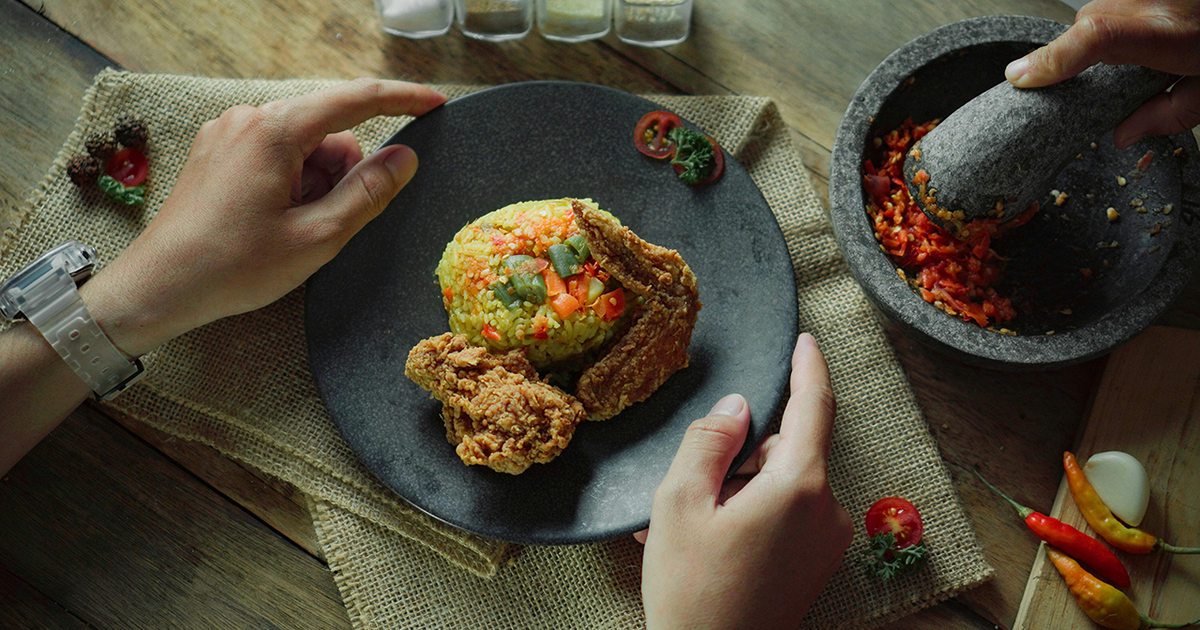
Imagine a new restaurant opens in your town. There’s a lot of hype, excitement — people can’t wait to get in and test it out. There’s usually so much build up but now imagine: What if things don’t pan out? Owners take on lots of work and risk to get their dreams off the ground, but unfortunately — as many operators know — having a successful restaurant that can stand the test of time isn’t easy.
According to U.S. government data, approximately 14,000 new food and drink establishments opened in Q3 2024 compared to the end of 2023. But unfortunately, many of those concepts won’t succeed: About 60% of restaurants fail within the first year of operation and 80% fail within the first five years. This trend doesn’t even factor in the impact of tariffs and other fluid macroeconomic headwinds that the market faces today.
As competitive and challenging as it is, I still see hope. The National Restaurant Association (NRA) says consumers have pent-up demand for restaurant meals, reporting they would visit restaurants more frequently if they had the money. As a result, value remains top of mind, and so restaurants must do everything they can do to cater to customer needs. Some restaurants are actively taking advantage of this demand and seeing great success — in particular, restaurants with internationally inspired menus.
International food gets customers in the door
What the NRA also says — and one I urge operators to take note of — is that restaurants largely reported they will aim to attract more in-person diners in 2025, noting increasing traffic on-site and getting diners back in their seats will be more important to their restaurant’s success in 2025. Some 90% of fine-dining operators and 87% of casual-dining operators agree.
With that in mind, operators need to be doing everything they can to keep customers coming back for more. They need to be agile, creative and engaging in ways that meet the dynamic needs and preferences of their customers — all while providing the most value for their dollar. If not, those customers will find somewhere else to spend their money.
One area that can meet these demands: adding Asian cuisine to the menu. Forbes recently surveyed 85 chefs and restaurant connoisseurs for their expectations in 2025, and nearly all of them cited Asian as a surging trend.
Diners are craving “authentic global experiences, leading to a diverse array of international offerings,” one said. Another stated: “We’re seeing a lot more international flair in elevated snacking options like Middle Eastern-inspired mezze platters and an emphasis on Southeast Asian ingredients and dishes.” One chef also pointed out: “Asian condiments have dominated,” something they don’t see slowing down, because there is just generally “more interest in flavors from Asia.”
That trend extends beyond just purely Asian restaurant concepts. You don’t have to be a Chinese take-out place, a Korean BBQ or an all-you-can-eat sushi, but you can find creative, innovative, and intuitive ways to add elements of Asian cuisine to your menu.
The possibilities are endless
Restaurants that don’t take advantage of these rising interests risk leaving themselves vulnerable to losing customers. So, my advice is to start small if you need, but take a risk, try something new and see what you like — your customers want to be adventurous with their dining options.
I have long been saying that global fusion will remain a key value driver as menus look to combine cuisines across a variety of backgrounds in new and exciting ways. This is a great way to start. If you run a chicken joint, consider adding spicy Korean, chili or Asian Zing as a flavor — Buffalo Wild Wings and Wingstop surely are, and to great success.
International food restaurants are built to last
All in all, in these turbulent international economic times, there is a lot of uncertainty. But food remains the great connector of people and cultures, and I am certain that interest in Asian cuisine, and international food more broadly, is here to stay.
Opening a restaurant may be a risk unto itself, but adding new, international flavors helps minimize that risk by offering something new and fresh to diners. Stay ahead of the game and deliver on the expectations and desires of your customers — add Asian and other international items to your menu.
Felix Lin is the CEO and President of HF Foods Group Inc., a leading distributor of international foodservice solutions to Asian restaurants and other businesses across the United States. Prior to becoming CEO, Mr. Lin also served as Chief Operating Officer and President as well as an Independent Board Member.







